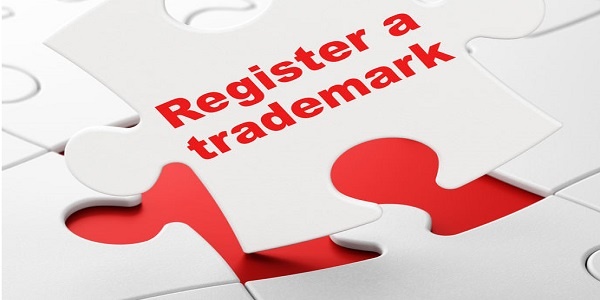

EU trademark/Brand Registration
What is a trademark?
Registering a trademark gives you exclusive rights over distinctive signs – such as names, logos, colors, images, patterns, shapes, packaging of goods, or sounds – which identify your products and distinguish your goods or services from others. As for indicators of business origin, trademarks can be words, logos, devices or other distinctive features, or a combination of these. They can also be referred to as 'brands'.
A trademark can become one of a company’s most important assets. It is the mark through which a business can attract and retain customer loyalty, and create value and growth. The trade mark works in this case as an engine of innovation as the necessity to keep it relevant promotes investments in R&D, which in turn leads to a continuous process of product improvement and development. This dynamic process also has a favorable impact on employment.
Dual System of Trademark Registration in the EU
There are two main ways to register a trade mark in the EU. They can either be registered at national level at the industrial property offices of EU countries, or at EU level as a ‘European Union trade mark’ (EUTM) at the European Union Intellectual Property Office (EUIPO).
National and EUTMs coexist and are complementary to each other. The same trade mark can be registered at EU and/or national level. The EUTM system consists of one single registration procedure that grants the owner an exclusive right in all EU countries. This dual system meets the requirements of companies of different sizes, markets and geographical presence. National trade marks may be better for small and medium-sized enterprises (SMEs) or local firms who don’t need EU-wide protection. The laws governing national trade mark registration in the EU were first harmonized in 1989. The EU trade mark was created in 1994.
How do you register a trademark?
If you only trade in one EU country, you will only need protection in that country. In this case, you can register a trademark at the national level.
If you only trade in Belgium, the Netherlands or Luxemburg, you should register your trade market the Benelux Office for Intellectual Property (BOIP). This gives you protection in these three countries.
If you need protection in all EU countries, you should register your trade mark with the European Union Intellectual Property Office (EUIPO). The EUIPO website also features a digital office, where you can learn more about trade marks in the EU, and get personalized support on intellectual property.
For international protection, in particular if you trade outside the EU, you can register your trade mark with the World Intellectual Property Organization (WIPO).
How long can you protect your trademark for?
In most countries, trademark protection lasts 10 years, starting from the date of your trademark application. You can then renew your trademark protection for 10 years each time, for as long as you like. When you own a trademark, you can sell it to someone else or give them permission to use it through a trademark licensing agreement.
Maintenance and protection of EU trademarks
Trade mark protection is territorial by nature, i.e. the geographic scope of protection for trademarks is limited and depends on the place of registration. Hence, it is advised that you consider applying for protection for your brand in all territories of your commercial interest. E.g. think not only about intended markets of distribution of a product, but also about the place it is manufactured.
Note that trade mark protection can be obtained in a few alternative ways. Depending on the brand characteristics and planned commercial strategy. If you wish to register a trademark that would be valid in the whole EU, you can apply for a European Union Trade Mark (EUTM).
Just like a Benelux trademark, an EU trademark also requires maintenance. Among other things, this means that you must use your EU trademark, keep it up to date, and renew it on time.
If you have a registered trademark, you must use it. A trademark that has not been used within five years of registration can be declared lapsed. EU trademarks enjoy wider territorial protection than national trademarks, so there is a reasonable expectation that they will be used over a larger geographical area. If you do not make genuine use of your trademark within the EU, another party may take legal action to have it declared lapsed, with the possible consequence that you lose your right to the EU trademark. So make sure you can demonstrate that your trademark is being used, e.g. by archiving evidence such as advertising brochures, etc.
Remember that with an EU trademark, you need to be aware that your trademark rights are not being infringed in any EU country, and if necessary to take defensive action. Not only does that cost a lot of time, it can also be expensive. The EU is a large area, after all, so the likelihood of disputes is relatively large. It is, therefore, important always to monitor which other trademarks are active within the EU and to act if necessary when someone infringes your rights.
For more assistance regarding brand /trademark registration, please feel free to contact Soha Europe Invest experts.